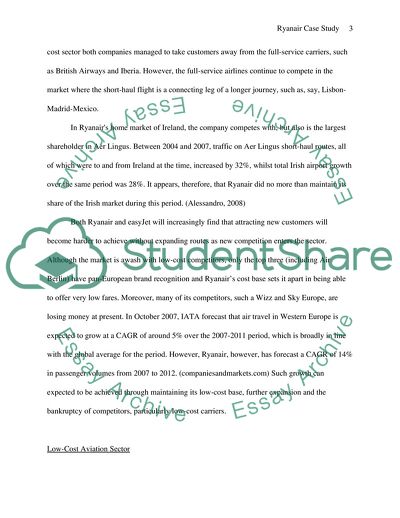Cite this document
(The Low-Fares Airline Case Study Example | Topics and Well Written Essays - 2500 words, n.d.)
The Low-Fares Airline Case Study Example | Topics and Well Written Essays - 2500 words. https://studentshare.org/tourism/1721385-case-study-ryanair-the-low-fares-airline
The Low-Fares Airline Case Study Example | Topics and Well Written Essays - 2500 words. https://studentshare.org/tourism/1721385-case-study-ryanair-the-low-fares-airline
(The Low-Fares Airline Case Study Example | Topics and Well Written Essays - 2500 Words)
The Low-Fares Airline Case Study Example | Topics and Well Written Essays - 2500 Words. https://studentshare.org/tourism/1721385-case-study-ryanair-the-low-fares-airline.
The Low-Fares Airline Case Study Example | Topics and Well Written Essays - 2500 Words. https://studentshare.org/tourism/1721385-case-study-ryanair-the-low-fares-airline.
“The Low-Fares Airline Case Study Example | Topics and Well Written Essays - 2500 Words”. https://studentshare.org/tourism/1721385-case-study-ryanair-the-low-fares-airline.


